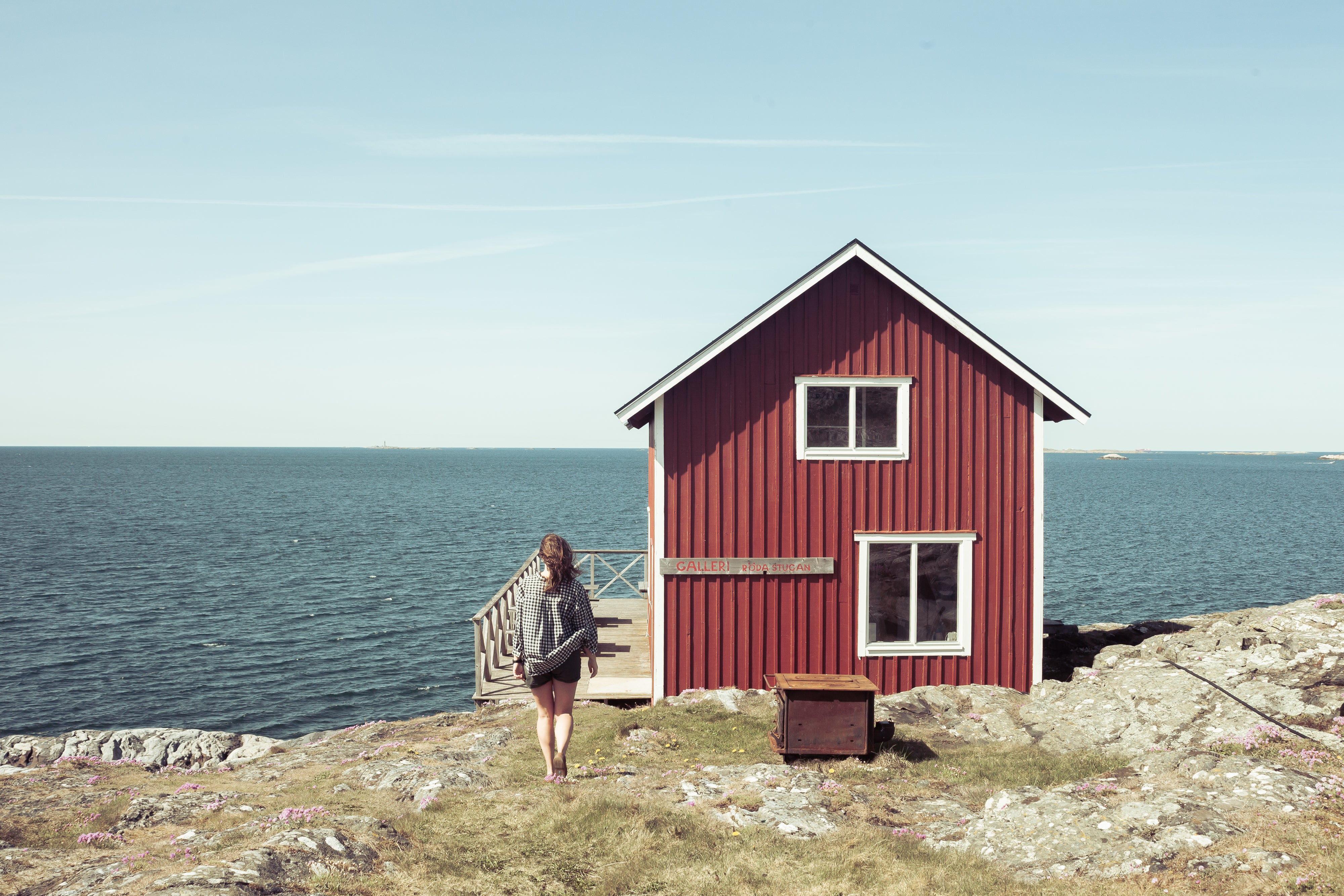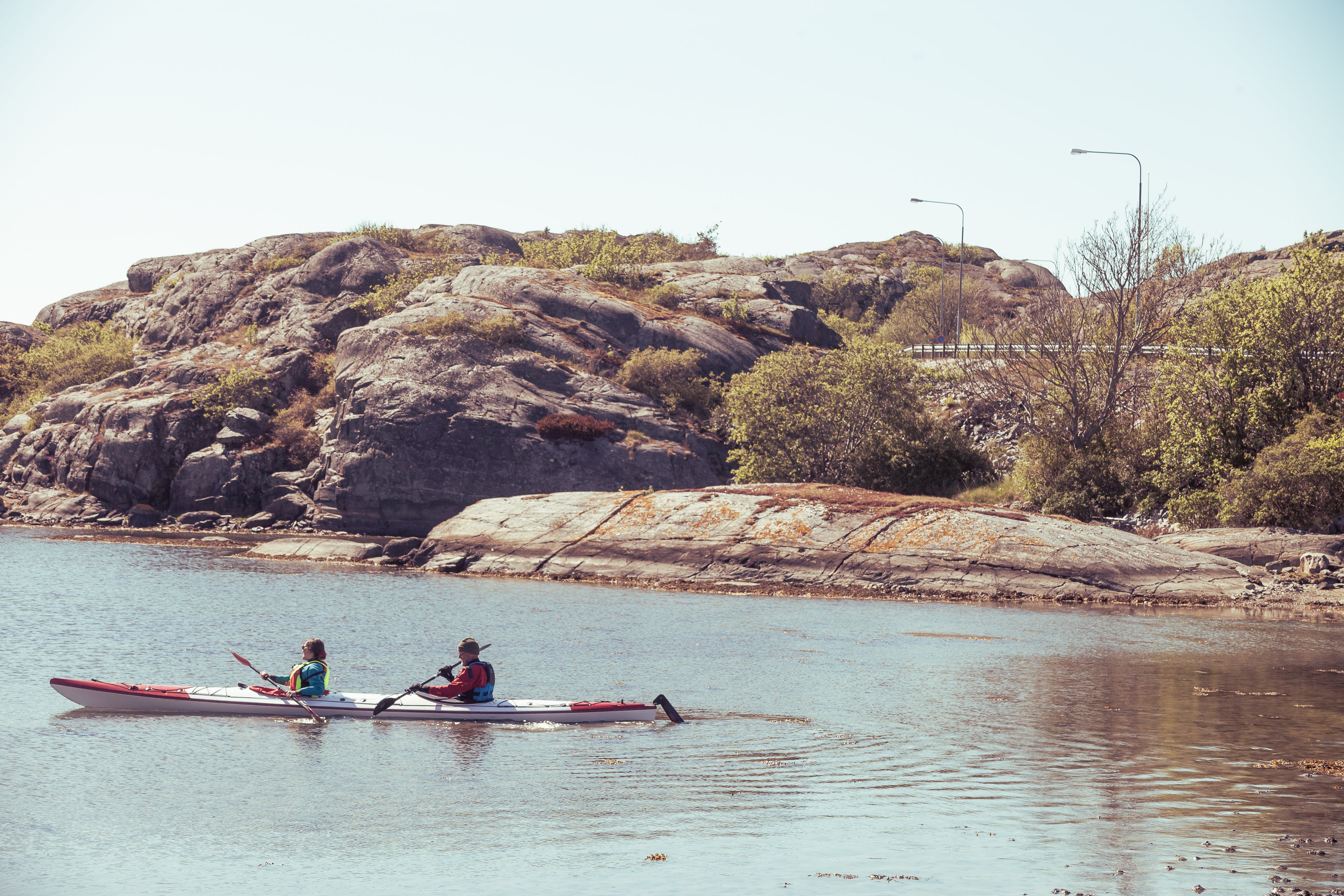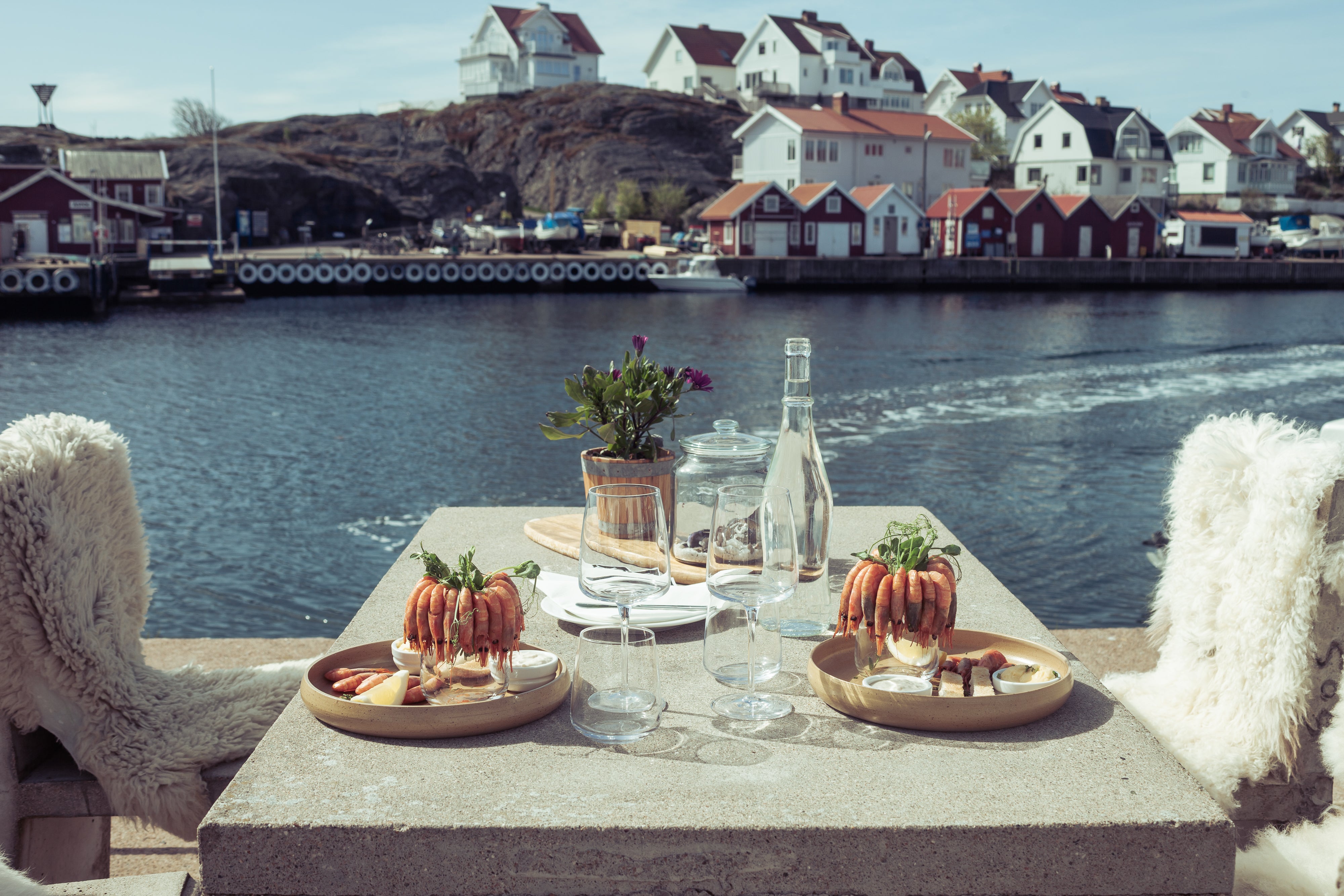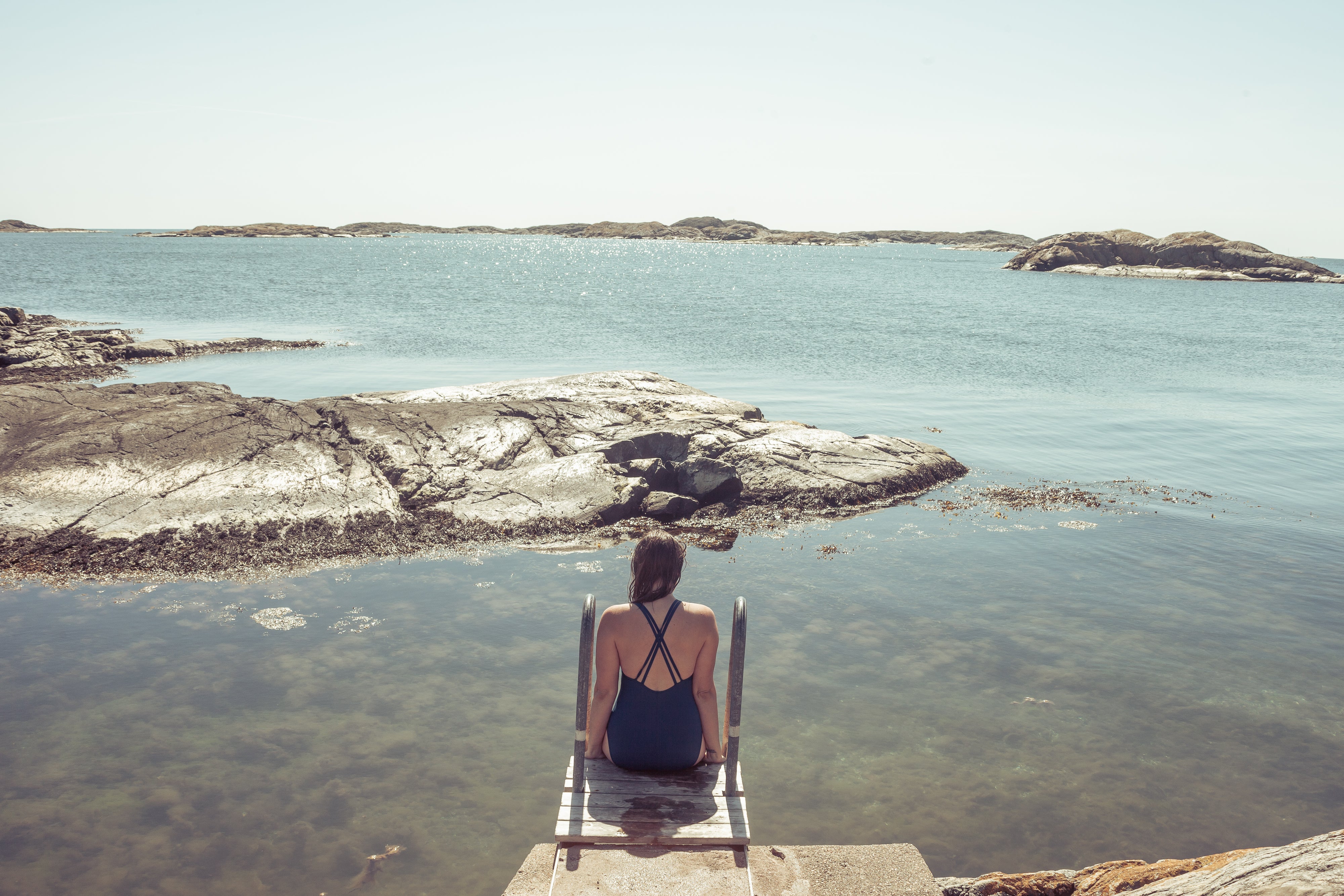The Independent's journalism is supported by our readers. When you purchase through links on our site, we may earn commission.
Why West Sweden is Europe’s straight-A student for sustainability
Innovative eco-hotels, sustainable saunas, low-impact kayak tours and public transport perfection – this Swedish region is going all out when it comes to greener travel, says Sian Lewis

Your support helps us to tell the story
From reproductive rights to climate change to Big Tech, The Independent is on the ground when the story is developing. Whether it's investigating the financials of Elon Musk's pro-Trump PAC or producing our latest documentary, 'The A Word', which shines a light on the American women fighting for reproductive rights, we know how important it is to parse out the facts from the messaging.
At such a critical moment in US history, we need reporters on the ground. Your donation allows us to keep sending journalists to speak to both sides of the story.
The Independent is trusted by Americans across the entire political spectrum. And unlike many other quality news outlets, we choose not to lock Americans out of our reporting and analysis with paywalls. We believe quality journalism should be available to everyone, paid for by those who can afford it.
Your support makes all the difference.The wind spits water in our faces as we paddle over rolling waves, Kladesholmen retreating towards the horizon. Patrik and I land our kayaks on an uninhabited clutch of rocks where gulls guard their eggs jealously, until we find a comfy perch to sit on for fika,the Swedish ritual of a coffee-and-cake break. This must be one of the wildest, least traditional fika stops you could make – homemade cinnamon buns and strong black coffee on a deserted islet, with an uninterrupted view of the ocean.
The feelgood factor is immense. And this is a trip to feel good about – not just visiting beautiful Sweden (always a favourite for outdoorsy pursuits and comfort foods) but West Sweden in particular, a rising star on Europe’s sustainable travel scene. The region, which takes in the lovely city of Gothenburg as well as the wild swathes of coast and countryside around Bohuslan and Orust, wants to make eco-friendly travel simple with a new initiative, Stepping up Sustainability. Launched in November 2021, it effectively curates around 450 local businesses and accommodation options, all of which are committed to reducing their environmental impact, meaning sustainability-conscious travellers can easily book, experience and feel great about their trip.
In 2021, Gothenburg was named the world’s most sustainable city for the fourth time in a row, and its green lifestyle feels baked in when I arrive at its central station on a sunny spring day. Locals whizz about on bikes, hop on electric trams, or rent sustainably designed electric boats to buzz around the city’s harbour.

The city centre is designed to be pedestrian-friendly – I wander around canals, bridges, parks, a huge botanical garden and a public sauna, and spot few cars along the way. Ninety-five per cent of the city’s hotels are also eco-certified, meeting the region’s environmental and sustainability standards. All meat served within the city – where you can find restaurants such as Noot Nordic Kitchen, which champions wild and foraged ingredients – must be organic. Gothenburg is also a hub for thrifted and vintage clothes, surely the most fun way to shop sustainably. If Sweden’s most famous eco-crusader, Greta Thunberg, did city breaks, they’d definitely happen here.
But the region’s sustainability efforts haven’t stopped at Gothenburg’s city limits. Getting out to the wild coastline, to explore the thousands of islands that pepper it, is simple – Sweden’s public transport system is terrifyingly efficient. Bus, train and ferry timetables to the islands are all designed to align perfectly and run like clockwork, shunting me about without the delays, hefty ticket prices and timetabling panic I’ve come to expect from Britain’s network. And if you prefer hiring your own wheels, you can rent the latest lean, green eco-machine to come out of West Sweden. For the second half of my trip, I whizz around in the Polestar 2, an electric car produced by a sub-brand of Gothenburg-based Volvo, finding charging points in plentiful supply as I go.
My first island-hop is to Hono, a quick ferry ride away from Gothenburg. It’s got a lively year-round population, so who better to explore it with than someone who knows it inside out? Making friends is always a bit of a stumbling block in a new country, but the Swedes have solved that problem, too. The region’s endearing Meet the Locals scheme hooks up visitors with welcoming volunteers from all over the region for the day. Sign up and you can hike along the Gothenburg Canal with Alf, take a tour of Torun’s wildlife garden, or go road cycling with Pontus around Mariestad.

My Swedish matchmaker puts me in touch with Hono local Sarah Lycksten, who shares my obsession with wild swimming. We hike the island’s coast path in the sunshine and swim off the rocks in crystal-clear water at one of Hono’s beautiful “salt baths” – an outcrop with a ladder leading down to a deep, still rock pool. We chat so much on the walk home that we end up at Sarah’s place, where I get to meet her newly hatched chicks and nose around her backyard photography studio. It’s the kind of relaxed, sociable day you rarely get to experience in a brand-new place, and I’m grateful for the intro.
Next on my island-hopping itinerary is Kladesholmen. Once home to a busy fishing port, it’s still well known for its pickled herring – and now there’s a new ocean dweller drawing in the crowds. Salt & Sill, Sweden’s first “floating hotel”, bobs in a sheltered harbour to the north of the island. Run off underwater currents and serving fish caught just metres away, this innovative design is a cluster of wood-clad rooms, a restaurant and a floating sauna, all moored on the edge of the island.
This is where I find myself traversing the high seas in search of fika. One of the best – and most planet-friendly – ways to explore West Sweden’s coast and islands is by kayak. My guide Patrik Forsling’s forefathers, stretching back generations, were fishermen. These days, like many locals, he’s swapped herring for hospitality; as part of Kayaktiv, he paddles the archipelago with visitors on day trips and week-long camping adventures. I join Patrik in a double kayak and we leave the calm waters of the harbour behind. Soon we’re out to sea, coasting up to our tiny islet for a refreshment break.
With 8,000 islands to choose from in West Sweden’s archipelago, it’s hard to play favourites, but I love the laidback pace of Dyron, 43 miles and a quick ferry ride from Gothenburg. Dyron was sustainable long before that became a buzzword, simply because there have never been cars on this dinky but delightful island. Locals transport their chattels from the ferry to their homes in carts, on pushbikes or on electric scooters.
And, unlike many holiday hotspot islands here, Dyron’s not just buzzy in the summer months. The 600 permanent inhabitants work to keep it open through every season. (For the authorities, Stepping up Sustainability is just as much about encouraging visitors outside of the summer months – and ensuring local jobs – as it is about clean energy and sustainable stays.)

“Many other islands are very closed and quiet in the winter months. On Dyron, we’ve clubbed together to ensure transport, food, events and hiking trails keep going, so that we can be a year-round island,” explains Annika Kristensson. She runs a cosy guesthouse on the island – that is, when she’s not busy driving a ferry to the mainland or volunteering to help run the island’s waffle cafe, events space or seafood restaurant.
Annika’s dad, she tells me proudly, was part of the group of pension-age volunteers who hand-built the Dyroleden, a three-mile, round-island coastal path. Steep in places (an encouraging sign tells me I will need “healthy legs” to tackle it), but offering stunning ocean views around every corner, it passes Stone Age forest settlements, hidden sandy beaches, and a rocky ravine on its ramble around Dyron. My hike feels amazingly wild for such a small island – and one that’s so easily reached from the region’s capital.
At the far southern point, I find Dyron’s electrically heated community sauna, which visitors can book for private use, and this evening I have it all to myself. With a huge picture window above the stove, looking out to the West Sea, and a platform with a ladder leading down to the water outside for a bracing post-sauna dip, it’s the perfect place to toast the sunset – not to mention the West Sweden communities working to keep these beautiful spaces special for the future.

Travel essentials
Getting there
You can get to Gothenburg entirely by train from the UK. Take the Eurostar to Brussels, then a German ICE train on to Cologne. From there, take a local train to Hamburg where you can connect to a train to Copenhagen. From there, direct trains run to Gothenburg.
Staying there
Hotel Eggers, one of Sweden’s oldest hotels, bang in the centre of Gothenburg, has an old-fashioned, Belle Epoque feel, but right-up-to-date eco credentials. The hotel is powered entirely by electricity from its own wind turbine. Doubles from £137; hoteleggers.se/en
Wild swimmers will love Salt & Sill, Sweden’s first “floating hotel”, which runs off underwater currents from the ocean below the motel-style rooms. Dive straight into the water from the decking of the adjoining sauna raft. Doubles from £153; saltosill.se
Skargardshotellet on Hono harbourside is a laidback coastal bolthole that uses ingredients sourced from the island in its fabulous breakfasts. Doubles from £101; skargardshotellethono.se/sv
Stay on the car-free island of Dyron at locally owned Annika pa Dyron, where the guesthouse sleeps 16 and a tiny, traditional cottage next door sleeps four. Annika can book the island’s electric sauna for you. Tralverket, Dyron’s popular seafood restaurant, delivers locally caught fish to the door. Beds from £28; dyron.se
More information
Find out more about West Sweden and Stepping Up Sustainability.
Join our commenting forum
Join thought-provoking conversations, follow other Independent readers and see their replies
Comments